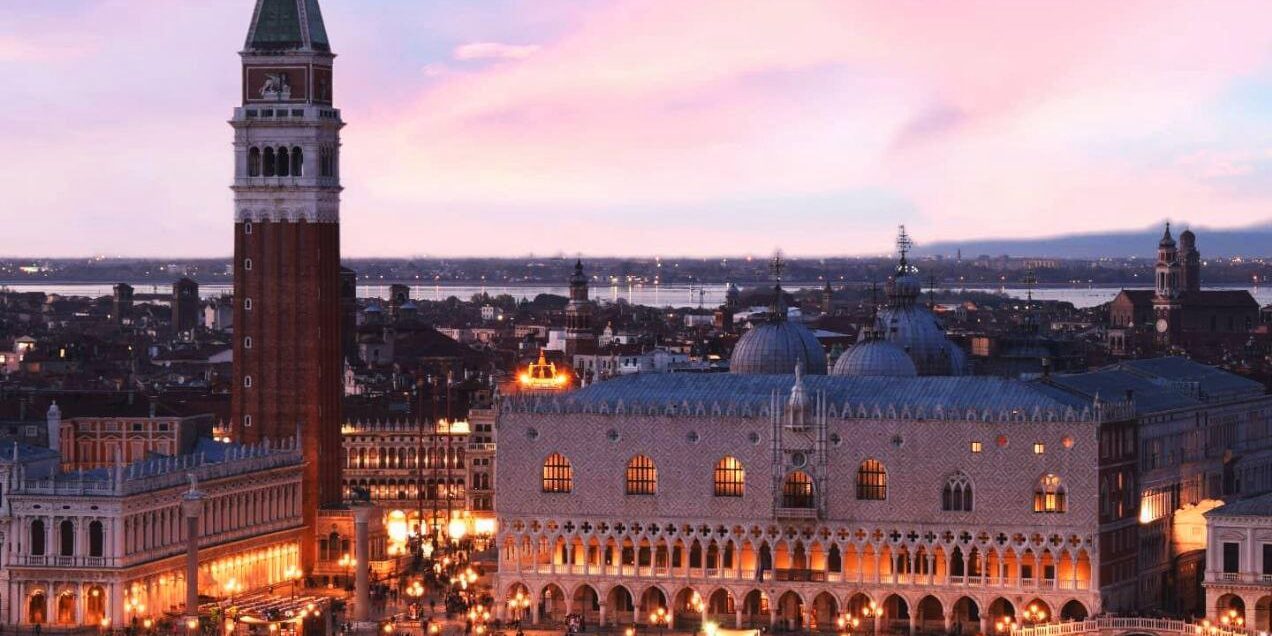What not to miss in Venice?
Who hasn’t dreamed of seeing Venice? Want to know what to do and what to see in Venice during your stay among its architectural treasures and fairy-tale history? Of course, we all know Venice and its gondolas, as well as the canals, the Rialto Bridge, and the Bridge of Sighs, which connects the Doge’s Palace to the famous prison where Casanova was once held.
The city stretches across 118 islands in the Adriatic Sea. Its 160 canals weave through the city, linking the patches of land with over 400 bridges.
This unusual location is no accident. It was on these deserted islands, situated in the open sea, that residents of Roman provinces sought refuge from the Huns. The city takes its name from the ancient Veneti tribe, who lived here long before the Roman conquest.
Despite harsh living conditions, the settlers managed to create a powerful republic focused on trade and industrial production. To this day, Venetian Murano glass is considered among the finest in the world. The prosperous republic could afford to build magnificent palaces and cathedrals.
One of Venice’s main attractions is the Doge’s Palace. The Doge was the supreme leader of the Venetian Republic. The current palace is the second of its kind—the first, built at the end of the 1st millennium, was destroyed in a fire. The palace was rebuilt in the 15th century and has remained in this form ever since. Its extraordinarily lavish facade starkly contrasts with the vast, somber, and nearly empty halls, which now house exhibition displays.
The heart of Venice is St. Mark’s Square, the central square located by the sea. Alongside the Doge’s Palace, the square features the city’s main landmarks: St. Mark’s Basilica, the Campanile, and a column bearing the symbol of Venice—the winged lion. This is where all visitors to the city arrive first.
The tallest building in the city, standing almost 100 meters high, is the Campanile, which means “bell tower.” The bell tower was built in the 900s and originally served as the bell tower for the cathedral. Later, it became a lookout post for monitoring the port and a lighthouse for ships arriving in Venice. It was here that Galileo Galilei installed his first telescope.
Unfortunately, numerous renovations, winds, and dampness gradually damaged the structure. The current bell tower was only restored at the beginning of the last century. Today, visitors can climb to the observation deck and enjoy a panoramic view of the entire city.
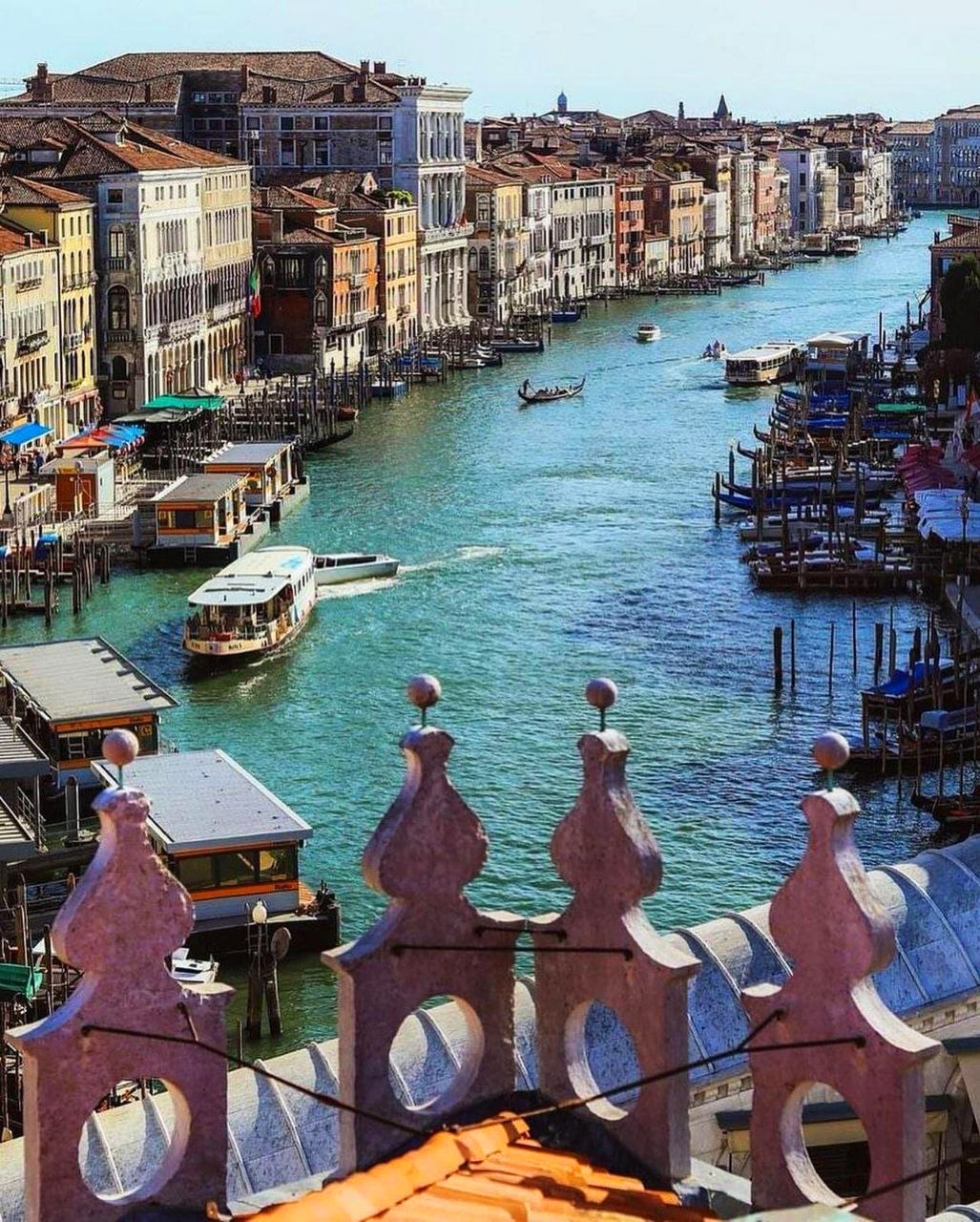
1. St. Mark’s Square
St. Mark’s Square is undoubtedly the most iconic location in Venice. The city’s main square, a meeting place, is certainly one of Venice’s top attractions.
Essentially, it is the heart of the city. When you arrive at St. Mark’s Square, cross it, and you’ll reach St. Mark’s Basilica, the Doge’s Palace, and the St. Mark’s Campanile.
2. St. Mark’s Basilica
The construction of the imposing St. Mark’s Basilica dates back to the mid-11th century. It is highly ornate and recognizable by its facade, which features a golden winged lion, the symbol of Venice.
For many years, St. Mark’s Basilica housed the relics of St. Mark, the city’s patron saint. Although the cathedral was consecrated as early as the 2nd century, construction and decoration continued for many more years. This magnificent Byzantine-style building, adorned with numerous mosaics both inside and out, is undoubtedly one of Venice’s crown jewels.
3. Doge’s Palace
How could we not mention it? With its Gothic architecture, it served as the residence of the doges who ruled the republic. This palace has a rich history and displays sensational artworks, including pieces by Veronese, Bellini, Titian, and Tintoretto.
Without a doubt, it is one of the most beautiful palaces in Europe, accessible via the infamous Bridge of Sighs.
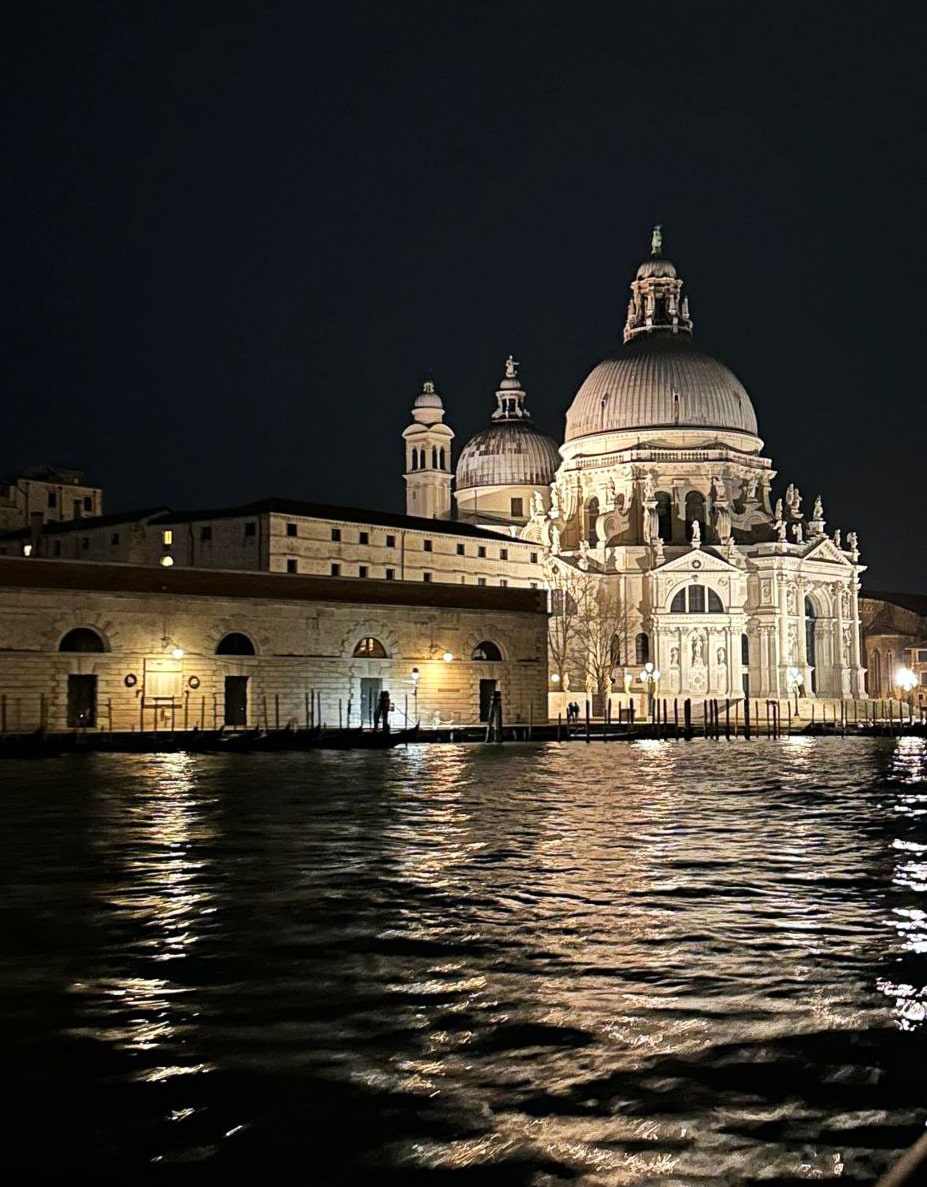
4. La Fenice Theatre
The phoenix, the famous mythological bird that rises from the ashes, is the symbol of this must-see theater in Venice! In fact, La Fenice Theatre bears the mark of this legend: it was built in the late 18th century on the site of the San Benedetto Theatre, which had been destroyed by fire.
In 1996, the theater was devastated by another fire but rose from the ashes once again in 2003. Moreover, the structure is majestic: it features five tiers of boxes and is one of the most prestigious venues in Italy and Europe.
5. Cannaregio District
The Cannaregio district is undoubtedly worth visiting in Venice. It’s a typical area, far from the grandeur of St. Mark’s Square and much more tranquil. It’s a great place to buy souvenirs and handmade crafts. Additionally, its pedestrian streets are very popular among Venetians.
If you’re exploring what to see in Venice and heading to this district, don’t miss the Madonna dell’Orto Church with its Gothic facade of brick and white stone.
You can also visit the ghetto in Cannaregio, reserved for the Jewish community since the 16th century, where the Jewish Museum of Venice is located.
6. Castello District
The Castello district takes its name from an ancient, now-vanished fortress that once stood on the island of San Pietro. Today, it’s the largest district in the city. From here, you can see the Venetian Arsenal or visit the Naval History Museum. The houses here are simpler than the grand palaces along the Grand Canal. This part of Venice is worth seeing as it’s less crowded with tourists and one of the most authentic. A piece of Venice’s soul still lives in these streets and walls.
Another attraction in Venice is the Papadopoli Gardens. This 8,800 m² park consists of three gardens perfect for a stroll. It’s worth visiting, especially if traveling with children, as it features many free play areas.
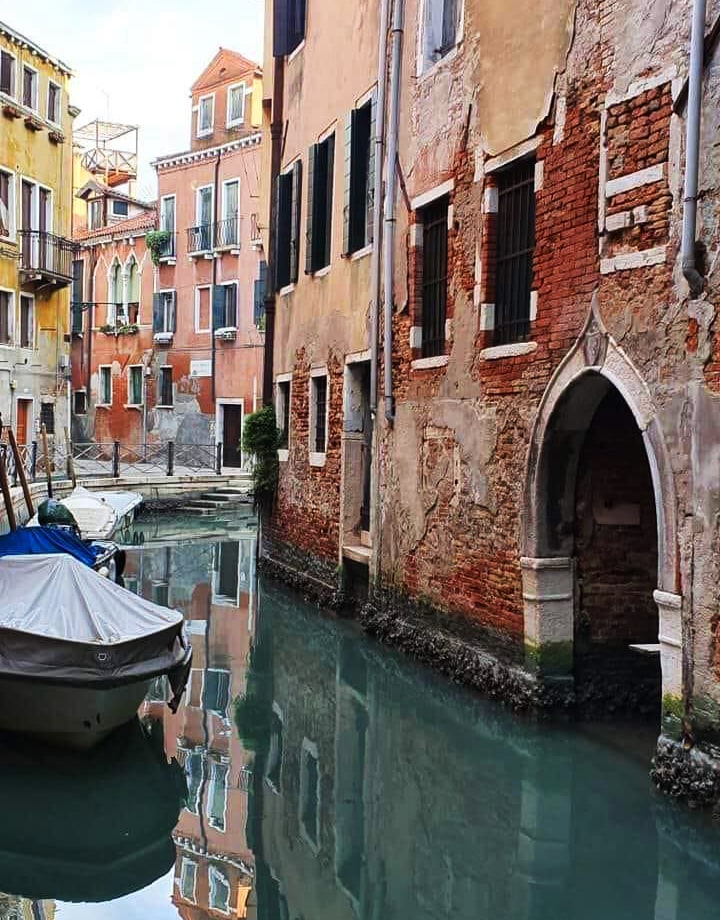
7. Basilica of Santa Maria della Salute
This unique church is located in the southern part of the Grand Canal. It can be recognized from afar because it stands on a very narrow strip of land between the Grand Canal and the Basin of San Marco.
The dome of this basilica has become a powerful symbol of the city and has inspired many artists, such as Turner, Sargent, and Guardi. It is one of Venice’s most impressive buildings, constructed in the mid-18th century.
8. The Islands of the Lagoon
Still looking for things to do or see in Venice? We have the solution for you. In fact, the small islands around Venice’s canals are absolutely worth visiting.
Murano, Burano, and Torcello
The island of Murano is best known for its world-renowned glass art and its Glass Museum. The island of Burano is quite unique and highly prized by tourists for its colorful houses and postcard-perfect scenery.
Burano, on the other hand, is famous for its lace-making industry. Finally, the third island is Torcello. The largest of the three lagoon islands, it is home to the oldest church. But it’s also a kind of ghost town, attracting few tourists at the moment.
Lido and Its Beach
Lido is one of the most elegant spots in Venice and a favorite among Venetians in the summer. Away from the noise and crowds of tourists flocking to the city center, Lido is one of the places to see in Venice for a taste of tranquility. The waterfront features rows of numbered bungalows, arranged by shape and color.
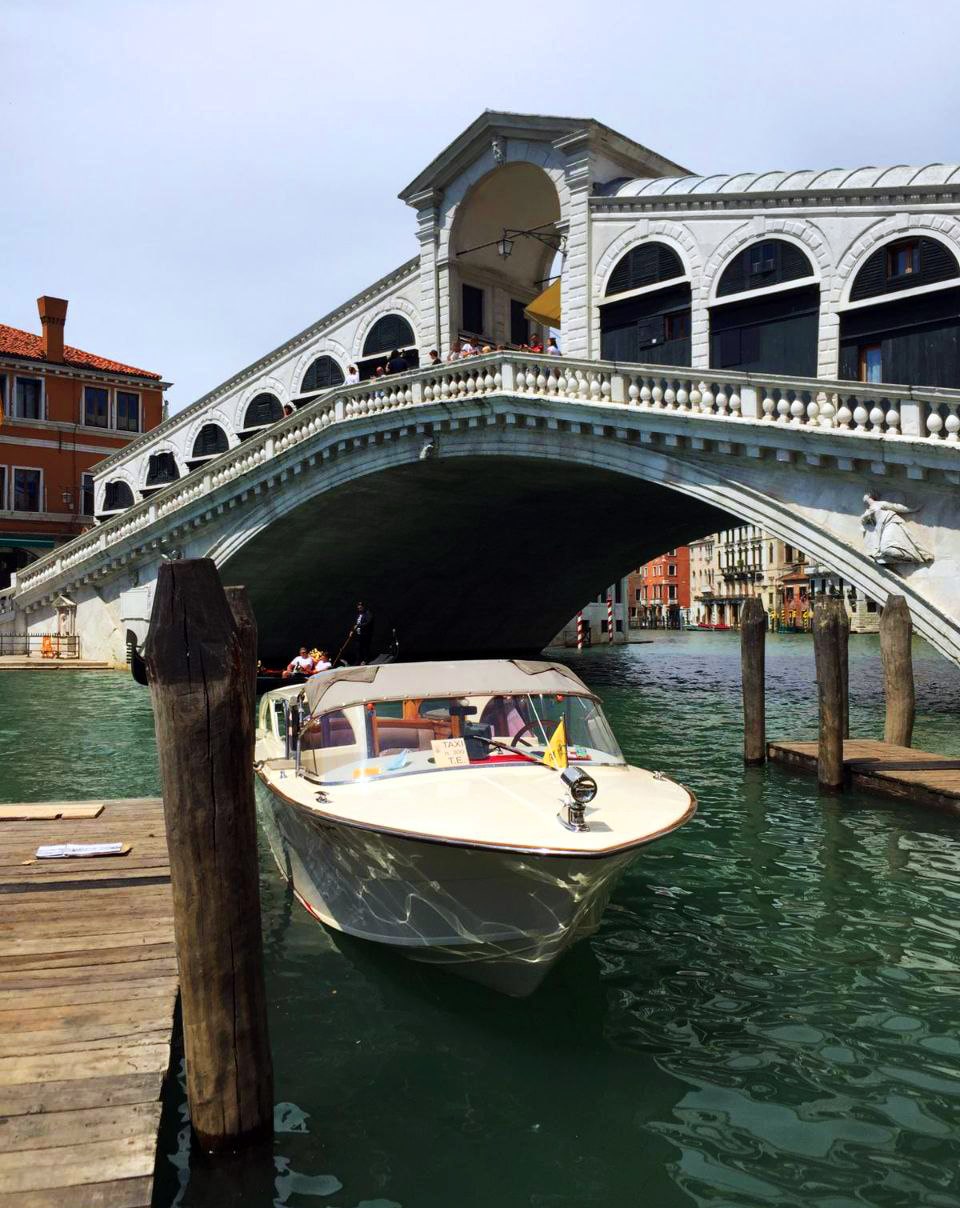
9. Venice and Its Bridges
What would Venice be without its bridges? In fact, the city has nearly 540 bridges, all of which are completely free to access. Of all of them, the Bridge of Sighs is a must-visit in Venice, as it is the most famous. It is located at the intersection of the Doge’s Palace and the prison where Casanova and many other men were once held.
Another symbol of Venice is the Rialto Bridge. Built in the 1500s, it was the first structure to span the Grand Canal. This very colorful bridge offers three pedestrian walkways—one central and two side paths—lined with small shops.
For many years, this was the only bridge connecting the two sides of the Grand Canal. Its current form was reconstructed quite recently, in the mid-20th century. Before that, the bridge was made of wood and, as a result, often collapsed due to fire or bad weather. The first stone bridge at this location was not built until the late 16th century.
Today, crowds of tourists gather on the bridge to visit the many souvenir shops and take beautiful photos.
Venice is at its best in early spring when the canals have not yet filled the city’s air with the smell of stagnant water.
While riding through the city on the traditional gondola, avoid dipping your hands into the water. Venice is extraordinarily beautiful on the surface, but its canal waters are very dirty.
10. Customs Point (Punta della Dogana)
This building stands at the end of the Dorsoduro district, separating the Grand Canal from the Giudecca Canal. In the 15th century, it served as Venice’s customs house, inspecting all goods entering the city.
Although it was used as a warehouse until recently, it is now a museum managed by the François Pinault Foundation.
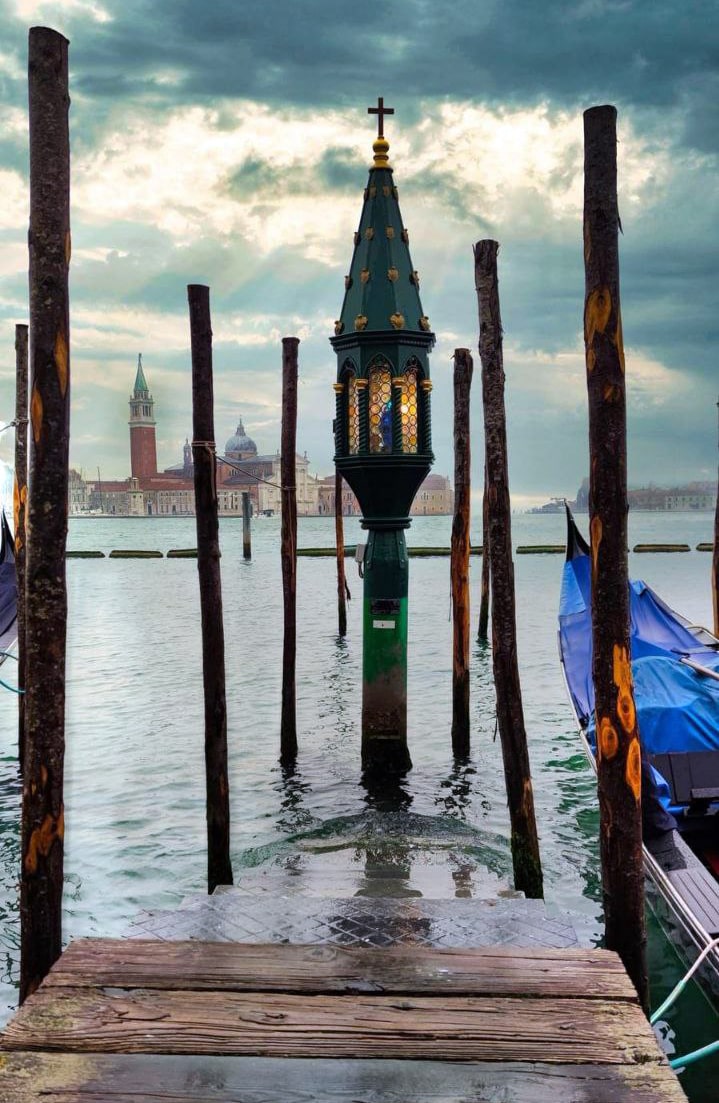
11. Ca’ d’Oro
Ca’ d’Oro is one of the most famous palaces in the beautiful city of Venice. This “Golden House” was built in the early 15th century and now serves as a museum, housing a magnificent collection of artworks once owned by Baron Giorgio Franchetti. Definitely a must-see for your Venice itinerary during your vacation.
12. St. Mark’s Campanile
Standing tall in the iconic St. Mark’s Square, climbing to the top of this symbolic Venetian tower is a must for every visitor. Moreover, the bell tower offers breathtaking views of the city. Once you reach the summit, you can admire five bell towers and learn about the history of this landmark.
13. Peggy Guggenheim Museum
Housed in a magical Venetian palace, also known as Palazzo Venier dei Leoni, this museum showcases surrealist, futurist, and abstract expressionist works by nearly 200 artists.
Beyond the views of the Grand Canal, you can explore the gardens and pavilion, which feature a café, a bookstore, and temporary exhibitions. Additionally, if you love museums, don’t miss the Venice Museum, Museo Correr, or Ca’ Rezzonico—the Civic Museum of Venetian Galleries of the Accademia.
14. Palazzo Contarini del Bovolo
This palace should be on your Venice bucket list, renowned for its external spiral staircase, the Scala Contarini del Bovolo. It was closed for years due to renovations but has finally reopened, making it accessible to visitors once again.
15. Venice Carnival
In early spring, Venice also hosts its famous carnival. Unlike the vibrant Brazilian carnivals with fiery dances and scantily clad beauties, the Venice Carnival is all about mystery and the glitter of medieval costumes and masks. The costumes themselves are often works of art, costing a fortune and carefully passed down through generations. This tradition seamlessly blends the carnival into the beauty of the ancient city.
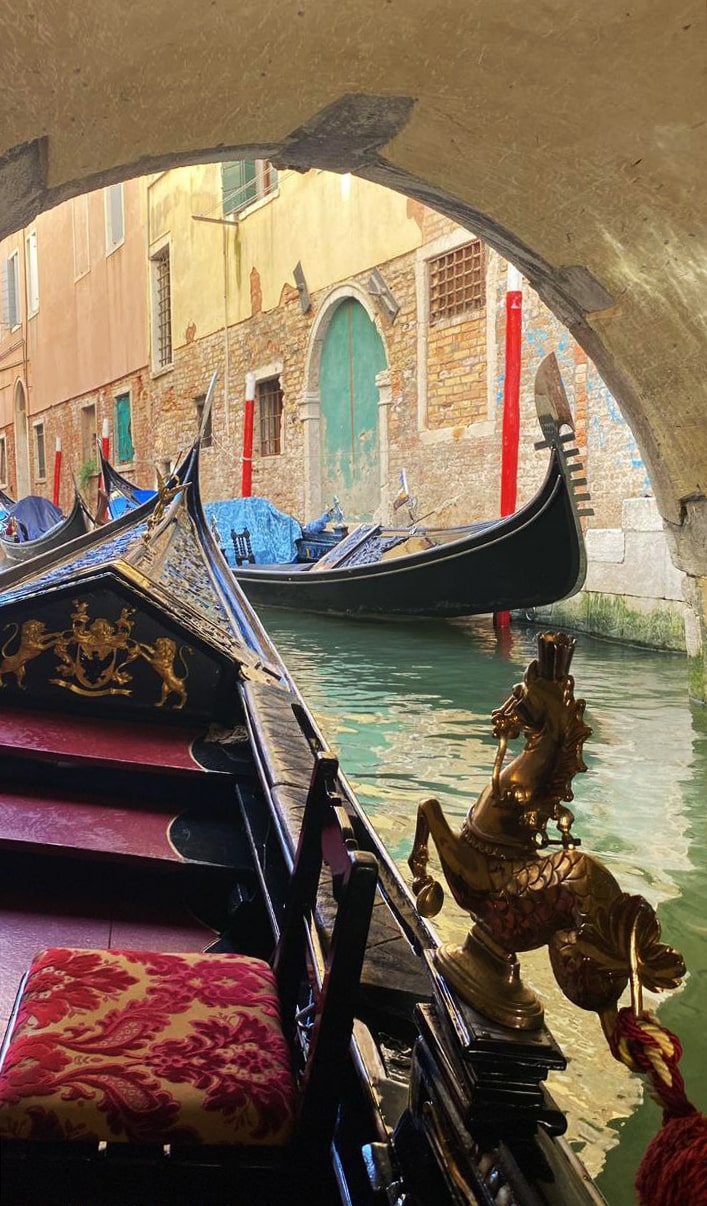
If you want to travel from Milan to Venice, we will arrange a comfortable trip for you with an English speaking driver. Private transfer from Milan to Venice for you.

